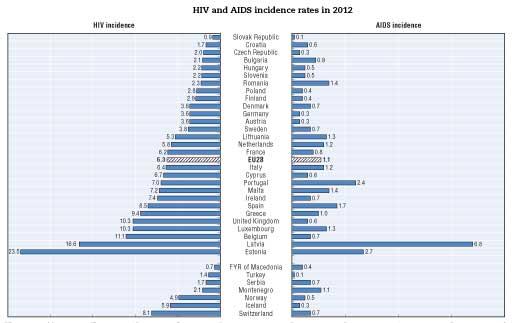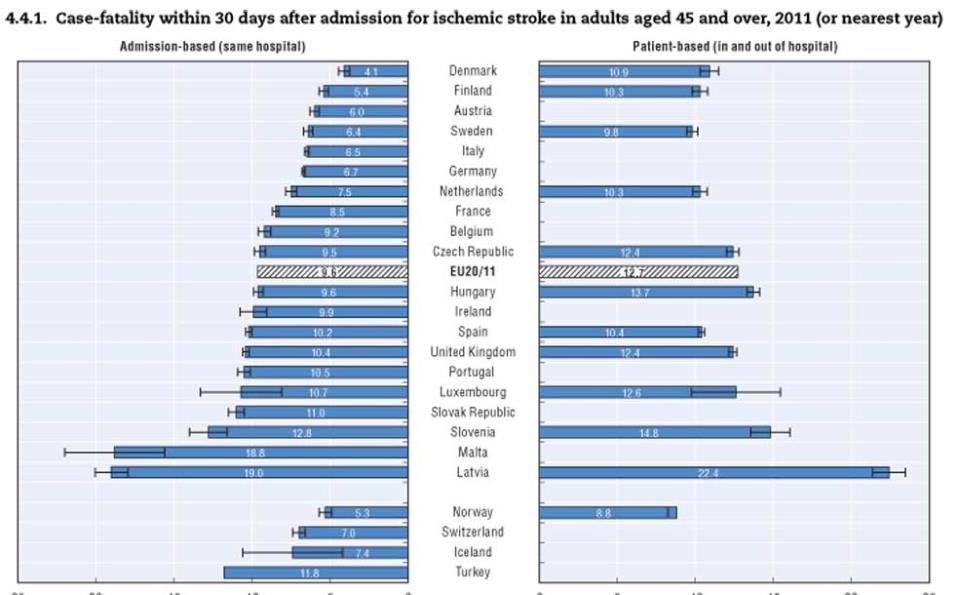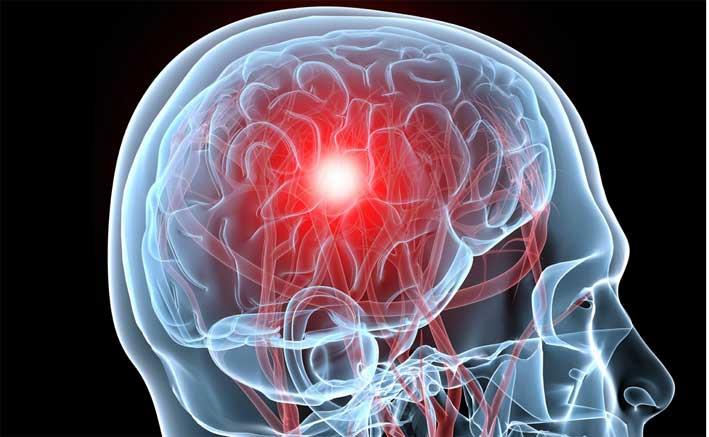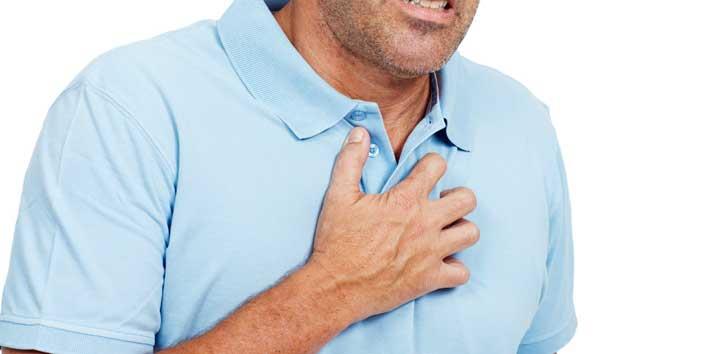In 2012, 16.4 per cent of the Maltese population were aged over 65, in contrast with 14.9% in 2010, according to an EU report entitled Health at a Glance: Europe 2014 shows.
This number has been on the rise since the 1980s, as has the EU average, which stood at 17 per cent in 2012. This is probably the result of the post-WW2 baby boom.
Earlier this week, Labour MP Deo Debattista highlighted the issue of elderly people in Malta. He spoke of the need for more in-the-community care, in which capable elderly people would live in studio apartments within the community rather than in residential homes, as this would allow for a more inclusive lifestyle while reducing the cost of building care homes.
The report states that, in 2012, there were around 9.8 births per 1,000 people - a number that has been declining since the 1960s.
The report, which was published by the Organisation for Economic Co-operation and Development (OECD), statistically analyses the health sector in EU countries as well as others.

In its introduction to the document, the OECD said: "The economic crisis has led to adverse population health outcomes. The number of people suffering from depression has increased in several European countries, as a result of growing unemployment, financial hardship and stress. Although broad measurements of health status such as life expectancy have continued to improve in nearly all member states, it will take some additional years to be able to fully assess the impact of the crisis on public health".
Malta seems to be one of the front runners in terms of healthy life years (HLY), with the number for both men and women in Malta standing at 70 years. Turning to life expectancy, Malta sits above the EU average (which is 79.2 years), with an average life expectancy at birth of 80.9 years (83 years for women and 78.6 years for men). The report also says: "Highly educated men and women are likely to live several years longer and be in better health. For example, in some central and eastern European countries, 65-year-old men with a high level of education can expect to live four to seven years longer than those with a low education level".
The document also highlights infant mortality rates in 2012, and shows that in Malta, on average, 5.3 infants die per 1,000 born, resulting in the fifth highest infant mortality rates in the EU. The average annual rate of decline in this regard in Malta is 4 per cent.

HIV and AIDS
HIV and AIDS incident rates are more prevalent in Malta than some other EU countries, according to the 2012 statistical reports. On average, EU countries saw 6.3 new cases of HIV and 1.1 new cases of AIDS per 100,000 people whereas the figures for Malta were 7.2 new cases of HIV and 1.4 new cases of AIDS. The total number of newly-reported AIDS cases in the EU during the same year stood at 4,287. Estonia has the largest amount of new incidents of HIV, with 23.5 new cases per 100,000 people.
"Public awareness campaigns contributed to steady declines in new cases of HIV/AIDS in the second half of the 1990s. The development and greater availability of antiretroviral drugs, which reduce or slow down the development of the disease, also led to a sharp decrease in incidence since the mid-1990s," the report says.
"There is no cure or vaccine currently available. HIV remains a major public health issue in Europe, with approximately 800,000 people living with HIV infection in the European Union in 2012 and continued transmission increasing this number," the report continued.
Last December, researchers reported another major setback in the search for an AIDS cure. A man named Timothy Ray Brown, a US citizen treated in Germany, remains the only person thought to have been cured of infection with HIV, the virus that causes AIDS.
Brown also had leukaemia, and had a bone marrow transplant in 2007 to treat the cancer from a donor with a gene mutation that confers natural resistance to HIV.
A year later, Brown's leukaemia returned but his HIV did not. He had a second transplant in March 2008 from the same donor and appears to have been free of both diseases since then, said the physician who treated him, Dr Gero Huetter of the University of Berlin.
In a research letter in the New England Journal of Medicine, Huetter tells of six other patients with HIV and various blood cancers who received similar transplants. They all died within a few months.

Stroke
Cerebrovascular disease (a group of conditions that affect the circulation of blood to the brain) was the underlying cause of some 11 per cent of all deaths in EU countries in 2011. Around 132 men and 102 women per 100,000 people died from strokes in Malta in 2011. It is important to note that the mortality rate for strokes in the EU has fallen by 20 per cent over the past decade.
"Ischemic stroke represents around 85 per cent of all cerebrovascular disease cases. It occurs when the blood supply to a part of the brain is interrupted, leading to a necrosis (ie the cells that die) of the affected part. Treatment for ischemic stroke has advanced dramatically over the last decade. Clinical trials have demonstrated clear benefits of thrombolytic treatment for ischemic stroke as well as receiving care in dedicated stroke units to facilitate timely and aggressive diagnosis and therapy for stroke victims," the report explains.
For the following statistics, rates were age-sex standardised to the 2010 OECD population aged 45+ admitted to hospital for stroke. Standardised rates are adjusted for differences in age (45+ years) and sex, and allow for more meaningful international comparisons.
Malta saw the second highest rate of death within 30 days of admission with ischemic stroke for people aged 45+ in the same hospital. This means that for every 100 admissions of patients with ischemic stroke, taking into account the above standardisation, 18.8 died within 30 days of being admitted to hospital. The EU average stands at 9.6.
The lowest rate was registered in Denmark (4.1 per cent). "System-based factors play a significant role in explaining these differences. Denmark, for example, has been at the forefront of establishing dedicated stroke units in hospitals, contributing to the lowest case-fatality rates for ischemic stroke. Patterns of hospital transfers, average length of stay, emergency retrieval time and average severity of stroke constitute other factors influencing these rates. One should note that variation between countries may also, in part, be explained by differences in data definitions as, ideally, rates would be based on individual patients; however, not all countries have the ability to track patients in and out of hospital, across hospitals or even within the same hospital. In order to increase country coverage, this indicator is also presented based on unique hospital admissions and restricted to mortality within the same hospital".

Heart attacks
According to the report: "Mortality due to coronary heart disease has declined substantially since the 1970s. This reduction can, in part, be attributed to better treatments, particularly in the acute phases of myocardial infarction (AMI). Care for AMI, better known as heart attack, has changed dramatically in recent decades, with the introduction of coronary care units and treatments aimed at rapidly restoring coronary blood flow".
"Clinical practice guidelines, such as those developed by the European Society of Cardiology, provide clinicians with information on how to optimise treatments and studies have shown that greater compliance with guidelines improve health outcomes. However, some AMI patients do not receive the recommended care, raising concerns over the quality of care in some countries.
"A good indicator of acute care quality is the 30-day AMI case-fatality rate. This indicator measures the percentage of people who die within 30 days following admission to hospital for AMI. The measure reflects the processes of care, such as timely transport of patients and effective medical interventions. AMI case-fatality rates have been used for hospital benchmarking in several countries, including Denmark and the United Kingdom. The indicator is influenced by not only the quality of care provided in hospitals but also differences in hospital transfers, average length of stay and AMI severity".
In Malta, case fatality within 30 days of admission for AMI in adults aged 45 and over for 2011 stood at 10.1 out of every 100 admissions. (Rates were age-sex standardised to the 2010 OECD population aged 45+ admitted to hospital for AMI). The EU average stands at 7.8 deaths.

Dementia
The prevalence of dementia in Maltese citizens aged 60+ during 2012 was the lowest in Europe, with only 5.1 per cent being affected, as opposed to the EU average of 7 per cent (8.4 million people).
In 2009, the European Commission launched an initiative on Alzheimer's disease and other forms of dementia. "Several EU states have dementia strategy plans or created special benefits for dementia" according to the report.

Smoking
The local perception is that a large percentage of the population smokes. However, the report places the percentage of Maltese citizens aged 15+ who smoke below the EU average, with 24 per cent of Maltese men and 15 per cent of Maltese women smoking, whereas in the EU as a whole, the figures are 28 per cent for men and 18 per cent for women.

Expenditure
Malta prides itself on its free health-care system, offering everything from free surgeries to free check-ups and yet, according to the report, in 2012 Maltese citizens spent nearly 5 per cent (4.9 per cent, to be exact) of total household expenditure on medical expenses, excluding the cost of any private medical insurance. On average, EU citizens spend 2.9 per cent of their household expenditure on medical expenses, placing Malta above the average. Around 22 per cent of the Maltese population paid for medical insurance in 2012.
It is important to note that although free dental care is offered in Malta in certain situations, most of the time such treatment is handled by the private sector.
In 2012, the Maltese government spent 9.1 per cent of GDP on healthcare, an increase of 0.6 per cent since 2010.